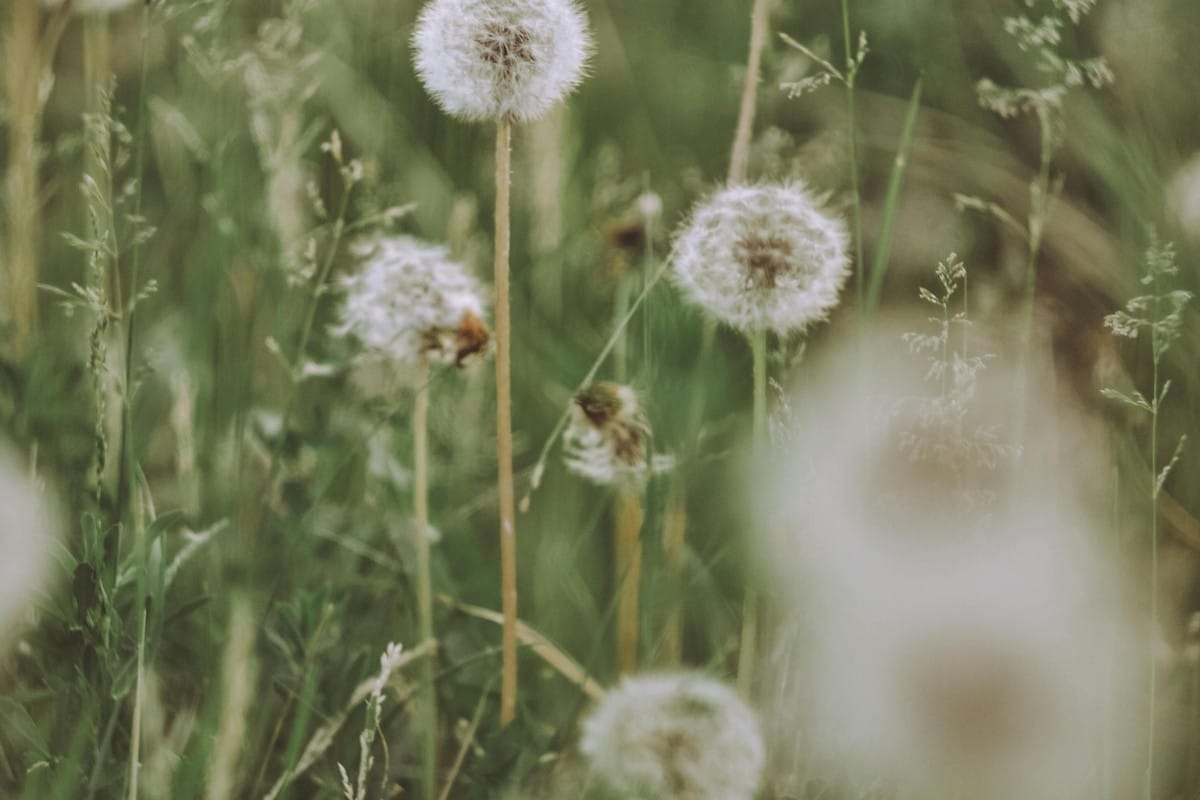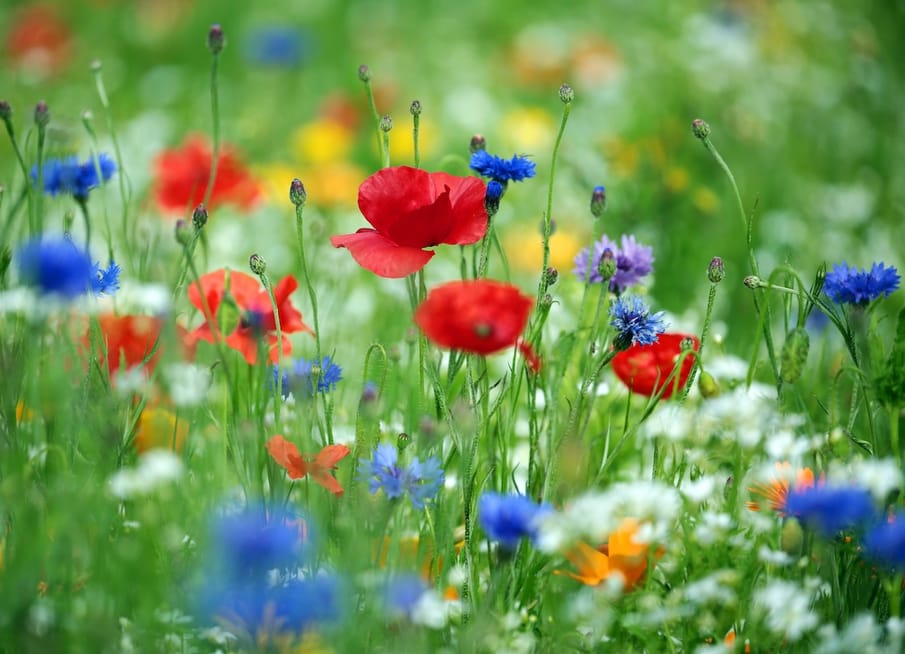Here's how to get involved
It probably feels unnatural, right? We’re so conditioned to take action, be proactive, and raise our voices to make a big difference, but, actually, when it comes to supporting our local wildlife, taking a step back to let things be could be the most transformative tool in our arsenal.
Started in 2019 by conservation charity Plantlife, No Mow May encourages people to resist the temptation to create perfectly cultivated lawns and gardens, and instead allow grass and plants to grow more freely for a month ahead of the summer, both to tackle pollution and support local wildlife.
Why should you take part in No Mow May?
While the temptation can be to tame your garden the moment spring arrives, and the thought of unruly grass might be daunting after months of the ground being too damp to mow, the UK is facing a serious issue with declining numbers of pollinators. These are the creatures that help plants and crops reproduce when they fly from one to another – including bees, wasps, butterflies, and beetles – without whom we would see a knock-on impact on biodiversity, and a reduction in food supplies.
The main reason behind this drop in numbers is due to a lack (and loss) of suitable habitats. As an example, Plantlife reports that the UK has seen a 97% decline in flower-rich meadows since the 1930s. However other factors are at play too, including the way agriculture has changed over the years, with farmland featuring less flower-heavy fields, along with the increase in pesticides, and generally climate change reducing locations that are suitable for nesting and breeding.
While this shows the dire need to allow for some rewilding, the charity has also revealed that just eight dandelions could produce enough nectar to support an adult bumblebee’s essential energy needs. So the simple act of letting your garden grow naturally for a month could make a radical difference, and help provide vital locations for pollinators to do their thing.

What do you need to do?
It really is as simple as it sounds: don’t mow your lawn for the month of May. Size really doesn’t matter, so don’t be perturbed if you have a small patch of land to call your own, or acres of space – the more support, the merrier.
A great way to help the cause further can be using the hashtag on social media (#NoMowMay) to spread the word, and hopefully encourage others to give it a go, too.
What happens after No Mow May?
The idea behind the campaign is to act as a springboard to inspire your eco efforts in future. It could be making small changes to your garden or habits, such as mowing your lawn once a fortnight rather than weekly, to bigger changes like redesigning your space to dedicate an area that will always remain free and untamed.
Plantlife recommends experimenting with different lawn heights, as this can encourage biodiversity, but also trying to not mow lower than 1 inch, as this means things like daisies (which can be a great food source for critters) can still grow.
But whether you can commit to longer-term changes or not, supporting the campaign for the month of May will be hugely beneficial to wildlife regardless. So, put down those gardening gloves, and give your lawn mower a breather. This May, let your favourite pastime be letting time pass, without human interference – and see how your garden thrives.
Even after No Mow May, you can continue to support pollinators by doing the following:
. Let dandelions and daisies grow freely.
. Avoid using pesticides or fertilisers.
. Plant clover, long grasses, and knapweed to help wildlife.
. Clear away grass cuttings to allow wildflowers space to grow.
Discover more information about No Mow May at plantlife.org.uk.


Comments